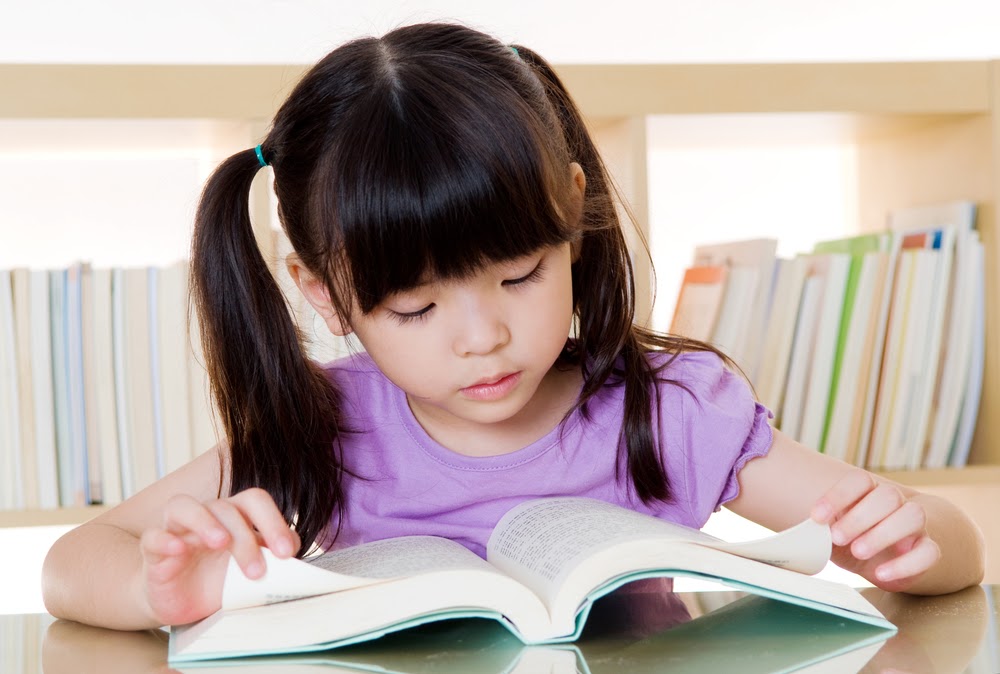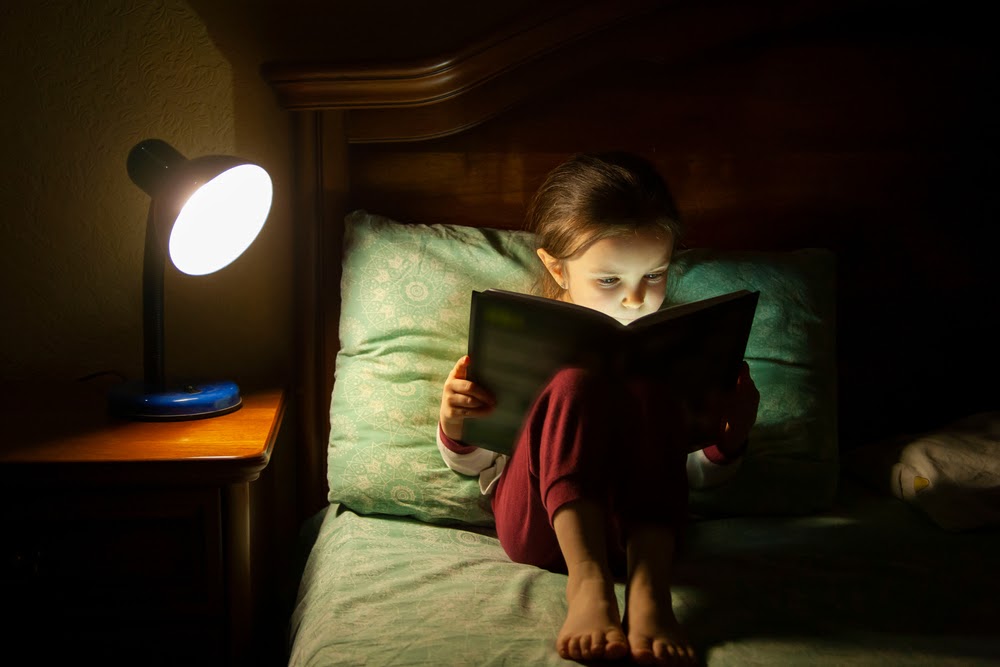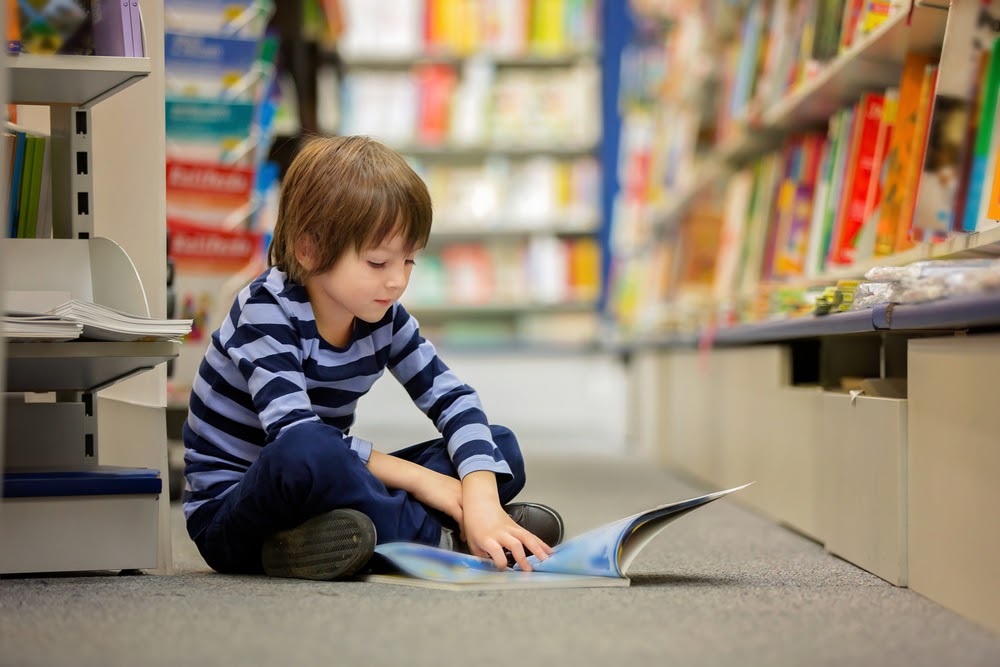
In second grade, some children may still be struggling with reading while others could be venturing into chapter books. Reading abilities may seem to run the gamut, and parents might not know if their child is hitting benchmarks, above the norm or even behind their peers.
Ideally, parents should be following their child’s reading level throughout the school year and comparing it to the benchmarks provided by the school. Some parents may want their child to get ahead of the curve and others might need to seek out extra enrichment for their child. Reading programs for second graders could help boost confidence and proficiency or just provide extra enrichment.
How Can I Help My Second Grader With Reading Comprehension?
One question that parents may ask teachers is: “How can I help my second grader with reading comprehension?” There are so many ways to provide encouragement and help to children if they struggle to read. However, helping children with reading can be as simple as just listening to them read each day.
Scholastic provides a guide for reading (and writing) in second grade. This guide can be a great resource for parents for the basics on reading curriculum in the second grade. Scholastic notes that children in second grade may be reading a variety of material—even poetry. In addition, words will become more complex, and students will read two-syllable words.
One of the best ways to understand the expectations of this grade-level is to review the standard curriculum from the school. Schools may hold a curriculum night where teachers provide an overview of the year’s expectations for the parents. Typically, parents can see an outline of all the subjects, what will be taught, and what will be expected of students.
Ask the “Wh” Questions
Reading in second grade also may go beyond basic stories and delve into text that is a bit harder. Scholastic advises parents to make a “W” chart. This is a chart that reminds children of the questions they need to answer related to the comprehension of each story. These also could be called “Wh” questions. Students should be able to identify the following details for the story: who, what, where, when, why. Parents also could ask “how” to further test comprehension.
Find a Reading Rhythm
Students will typically be expected to read each night as ‘homework.’ Parents may elect to let students read more one night to meet the minutes. Ideally, though, reading each night is a great habit for children and helps them get into a reading rhythm.
Parents can sit with children as they read and help them if they stumble. Again, asking those ‘wh’ questions can help gauge comprehension.
Hold a Reading Race to Test Fluency
Reading fluency is a crucial part of literacy. Fluency means that a child can read words without stumbling. Testing this is fairly easy. Parents can download a 100-word paragraph and have the child read it. Children will have one minute to read the text. Parents need to subtract any missed words to find their child’s fluency. According to Reading Rockets, at the end of second grade you should read about 90 words per minute. Parents also could ask their child’s teacher for a 100-word paragraph.
The more a child reads, the better they will become. Parents can hold reading races each week to test fluency. This can be a fun exercise, and parents don’t necessarily have to try to figure out their child’s exact words per minute ‘grade.’

What Books Should a Second-Grader Read?
If a child is struggling to read or if they read above grade level, parents may wonder what books are appropriate. The right books for a child should be challenging but not too challenging. Children shouldn’t become frustrated by the text.
Teachers typically send reading test results home to parents, and these results may include a reading level recommendation that can include easier books and books or stories that are a bit more challenging.
Just because a book is at the right level, though, doesn’t always mean it’s ideal for every child. Parents can review a book through AR Bookfind, which also includes an “interest level” section under each book. A synopsis provides parents with additional details.

What Should My Second Grader Be Reading?
Books, however, aren’t the only materials that second graders can read. All reading can be beneficial, and, for children who struggle with interest in books, other alternatives could be valuable. Parents could let children read graphic novels (these include lots of illustrations), comic books, or even short stories.
If children are struggling to find books that interest them, parents can encourage them to create an interest list. Children can write down all the subjects, people, places and ideas that make them excited to learn more. Then parents can help children find books related to their interests.
Books of poetry also could be a great option. Poetry is shorter, and many children’s poems are written in a fun cadence. Some can even be silly.
What are Second Grade Reading Programs?
When parents want to provide extra reading enrichment or assistance to children at home, they also could use second grade reading programs. There are many different types of reading programs online or via apps.
Parents may want to research these different types of programs to find the best match for their child’s needs. Some programs, like Readability, focus on both phonics and comprehension. Readability can be used by children who may be reading below grade level or by children who simply want extra enrichment.
For children who do need extra help during lessons, Readability includes a built-in AI tutor that helps gently correct children if they stumble. The tutor also asks comprehension-related questions at the end of each story. Children don’t advance to the next level unless they demonstrate proficiency.
Parents can also combine Readability with other programs, like reading game apps that help children practice sight words. In second grade, children may still receive a list of words that they are expected to identify on sight. Children should know all these words at the end of the year.
Children also can practice sight words with fun at-home games, too. In fact, parents can make their own sight word reading program with simple note cards. Write sight words on cards, and ask children to identify each word. Keep practicing with the cards until children have mastered their list of sight words.
How Can Parents Find the Best Reading Programs for Second Graders?
The best reading program for any child addresses their needs and struggles. Again, some children may use these programs for enrichment while others use them to help them hit important grade-level expectations and benchmarks.
While parents can research apps and programs and read about what each program offers, trying out the program may be the best way to ensure that it will be a good fit. Parents might consider programs that offer free trial periods. Readability provides a free seven-day trial period to allow parents and children to experience the program first-hand.
Other Ways to Help Children
In addition to reading programs, parents can also think outside the book binding to find ways to help children embrace reading and become better readers. Have fun with literacy, and help children experience the adventures lurking within the pages with these ideas:
Draw a Scene!
Have children draw pictures related to a favorite scene in a book. Tell children that they are the illustrator, and see how they depict the characters. Ask them about the drawing and about the story.
Act it Out!
Children and parents can become books! Have children recreate a favorite scene from their book and act it out. Parents can help. Find costumes and props, too!
Change the Scenery
Sometimes reading in the same place all the time can be boring. Take a book to the park, the beach or just out in nature. At home during a rainy, awful day? Create a reading nook with pillows and blankets. Light up the pages with a flashlight!
Make a Meal
Cooking can be a creative way to practice reading. However, cooking a recipe or making a snack related to the book can be a tasty way to immerse in the story, too. Find some fun foods between the pages and taste the adventure.
Take a Virtual Tour
Some books take place in other countries or times. There are many museums online or historic locations that offer virtual tours. Even YouTube could be a great way to visit faraway lands. Pick a place from the book and explore.
There are many ways to help second graders become better readers. Reading programs for second graders can help children who struggle to read become more confident, but these programs also could be used for enrichment. Parents can provide different types of help at home, and reading programs via an app or online can offer more focused instruction. Parents can research the different options and sign up for a free trial to explore the features of each program.
Ready to try Readability? Sign up today for a free trial!

 Español
Español